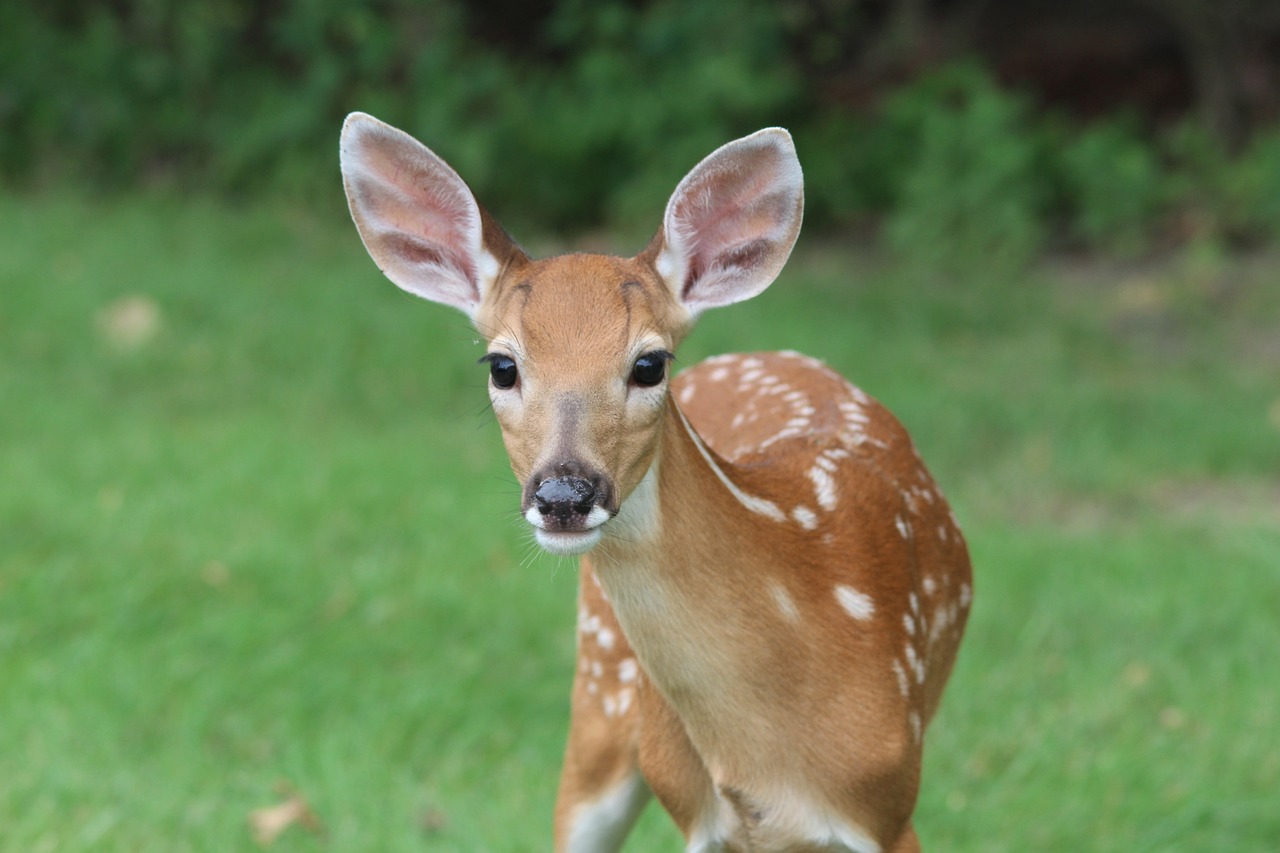HARRISBURG – Whether in their backyards or high on a mountain, it’s almost certain Pennsylvanians will encounter young wildlife this time of year.
While some young animals might appear to be abandoned, usually they are not. It’s likely their mothers are watching over them from somewhere nearby.
So when encountering young wildlife, be it deer, birds, raccoons or other animals, the best thing you can do is leave it alone.
“Well-intentioned people might step in to help a young animal that appears to be alone, not realizing its mother is nearby and it’s not in need of help,” said Matthew Schnupp, the Game Commission’s wildlife management director. “That’s one reason why leaving young wildlife undisturbed in the wild typically is the best solution when encountering young wild animals.”
Adult animals often leave their young while they forage for food, but they don’t go far and they do return. Wildlife also often relies on a natural defensive tactic called the “hider strategy,” where young animals will remain motionless and “hide” in surrounding cover while adults draw the attention of potential predators or other intruders away from their young.
Deer employ this strategy, and deer fawns sometimes are assumed to be abandoned when, in fact, their mothers are nearby.
The Game Commission urges Pennsylvanians to resist the urge to interfere with young wildlife or remove any wild animal from its natural setting.
Such contact can be harmful to both people and wildlife. Wild animals can lose their natural fear of humans, making it difficult, even impossible, for them to ever again live normally in the wild. And anytime wildlife is handled, there’s always a risk people could contract diseases or parasites such as fleas, ticks and lice.
Wildlife that becomes habituated to humans also can pose a public-safety risk. Some years ago, a yearling, six-point buck attacked and severely injured two people. The investigation into the incident revealed that a neighboring family had illegally taken the deer into their home and fed it as a fawn, and they continued to feed the deer right up until the time of the attack.
It is illegal to take or possess wildlife from the wild. Under state law, the penalty for such a violation is a fine of up to $1,500 per animal.
Under no circumstances will anyone who illegally takes wildlife into captivity be allowed to keep that animal, and under a working agreement with state health officials, any “high risk” rabies vector species confiscated after human contact must be euthanized and tested; none can be returned to the wild because the risk of spreading disease is too high.
Animals infected with rabies might not show obvious symptoms, but still might be able to transmit the disease. Though any mammal might carry rabies, the rabies vector species identified in the agreement are: skunks, raccoons, foxes, bats, coyotes and groundhogs.
People can get rabies from the saliva of a rabid animal if they are bitten or scratched, or if the saliva gets into the person’s eyes, mouth or a fresh wound.
Only wildlife rehabilitators, who are licensed by the Game Commission, are permitted to care for injured or orphaned wildlife for the purposes of eventual release back into the wild. For those who find wildlife that truly is in need of assistance, a listing of licensed wildlife rehabilitators can be found on the Pennsylvania Association of Wildlife Rehabilitators website, www.pawr.comOpens In A New Window.





















